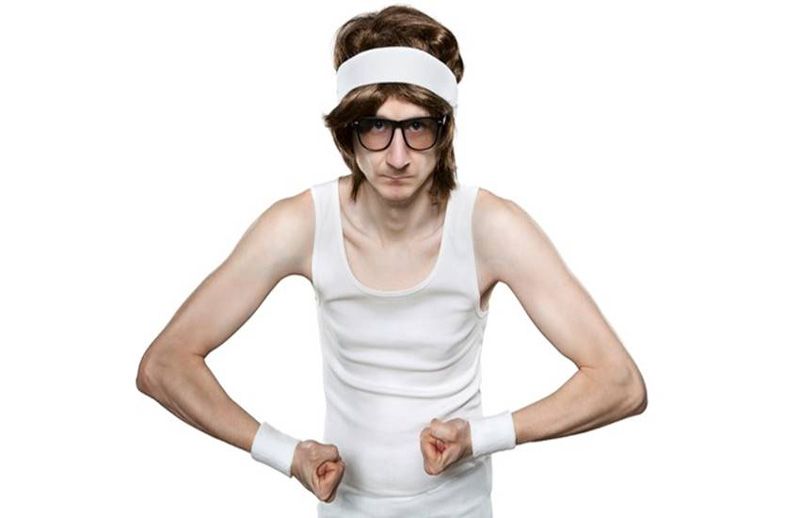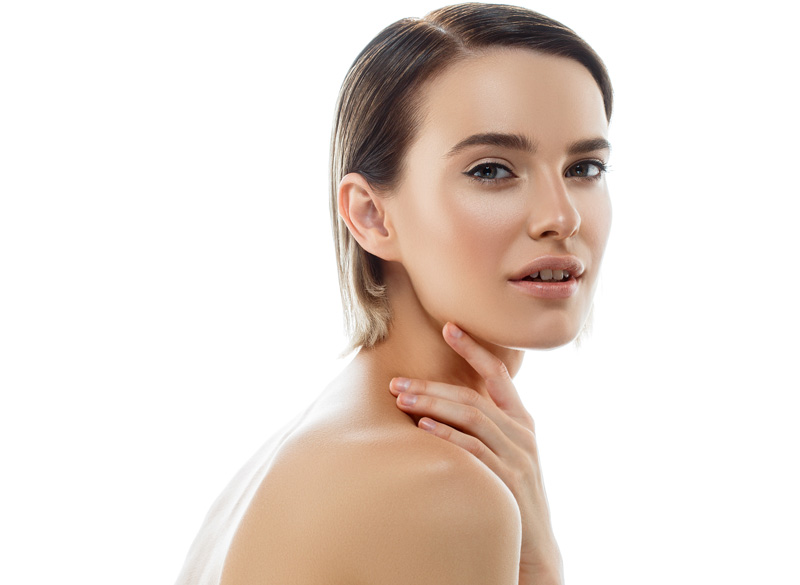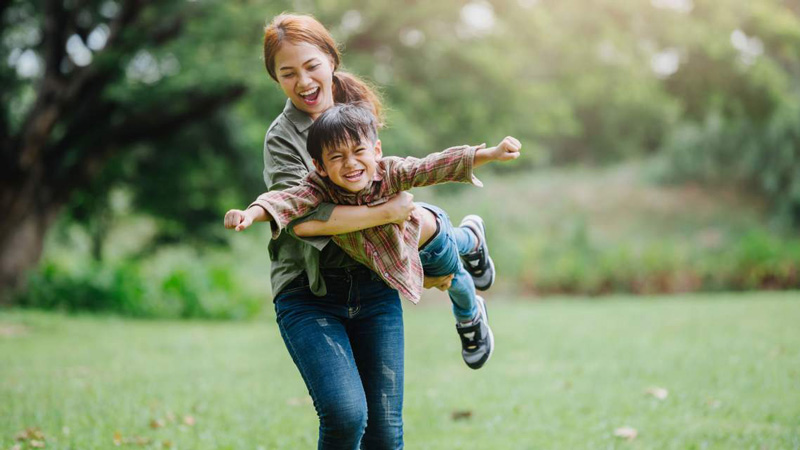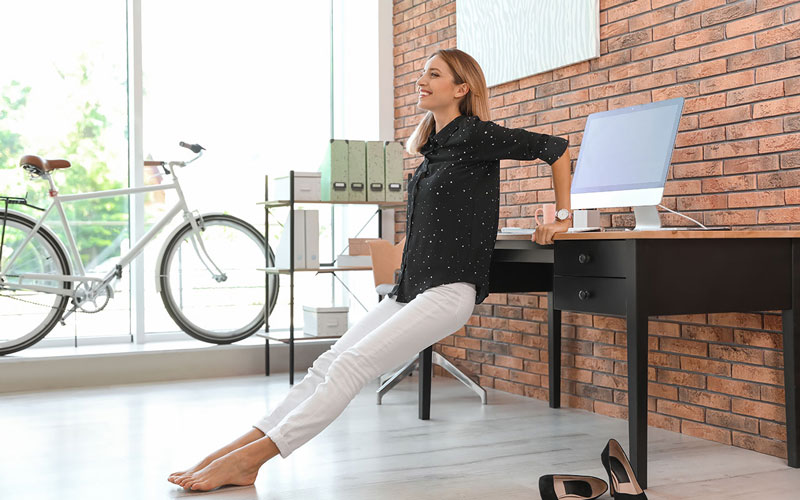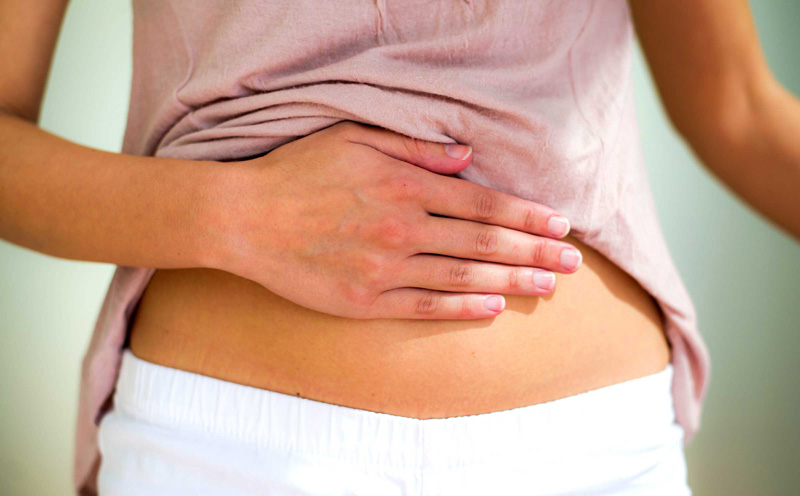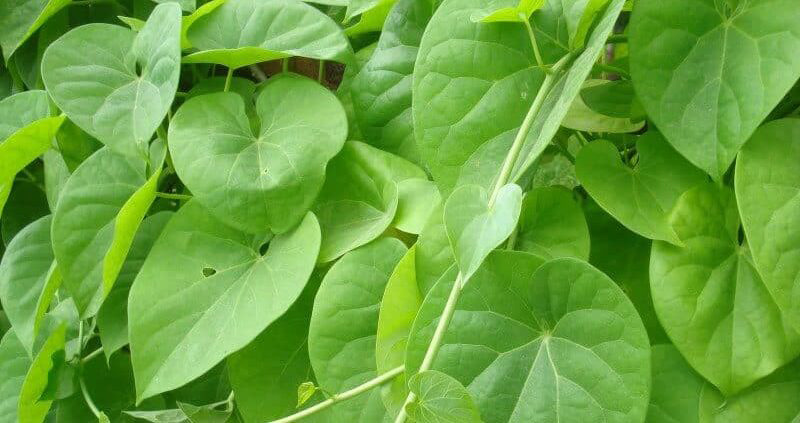How To Control Your Spinal Cord Even At Old Age
HOW TO CONTROL YOUR SPINAL CORD EVEN AT OLD AGE:
Ageing has been defined as “a series of time-related processes that ultimately bring life to a close.” Persons of 60 years of age and older are defined as elderly by WHO. Successful ageing is said to be multidimensional and has been defined as “encompassing the avoidance of disease and disability, maintenance of cognitive and physical function and sustained social and productive activity”.
By 2020, around 13% of the global population (1 billion people) would be above 60 years of age. It is expected that 1/3rd of this total population will be in developing countries. The increment being approximately 3% per year in developing countries and 1% per year in developed countries. It is important that the elderly live a healthy and functional life than living with chronic disabilities.
Our spinal cord is the basic bone structure of our back. It is the backbone and a straight backbone is all we have to help us stand straight! During ageing, many complications have arrived! joint pain, aches, back pain, slow movements etc. These all are indicative of the weakness of our backbones. Osteopenia (decrease in bone mineral content) is observed with ageing. There is an average of 30% decline in the bone mineral density from 30-40 years of age to 90 years. Other factors affecting low bone mass are
- Smoking,
- Alcohol consumption
- Reduced physical activity
- Lower calcium level and absorption
- Use of steroids
- In women, immediately following menopause, the rate of bone loss is higher due to a decrease in oestrogen production.
Musculoskeletal atrophy and decrease in functional loss of muscle strength are also observed due to a decrease in anabolic hormones affecting the physical function and the metabolic rate.
Thus every reason and associated factors are indicating that we need to protect our spinal cord by increasing age.
Well! Not every pain or problems may solve! but some protection can be achieved if you follow some tips:
- Tips regarding your diet:
- Due to the change in the skeletal system, vitamin D and calcium needs increase with age. Bone mineral loss as part of ageing needs special emphasis on calcium and phosphorus intake. The upper intake level of phosphorus is lower than the requirement for a younger adult. Keeping in view the greater prevalence of impaired renal function with ageing FAO/WHO recommends a lower magnesium intake than the younger adult.
- In addition, proper supplement of other vitamins and minerals are also needed to get healthy!
- Take more fresh green vegetables and fruits on daily basis.
- Whole grain product, low-fat milk products, fish and legumes along with lifestyle modification in physical activity is important.
- Other tips:
- Do some safe aerobic activities-Yoga, Morning walk, swimming, if possible do bicycle.
- Be mindful of your posture, during seating, bending, twisting, and lifting technique!
- Avoid lifting high weight
- Quit smoking
- Avoid painkiller, if there is a pain.
- Avoid depression; it has a direct relation with health. It has been observed that underweight may be observed in persons who have ’anorexia of ageing’ and depression.
- Avoid junk food, trans fat, soft drinks, alcohol


